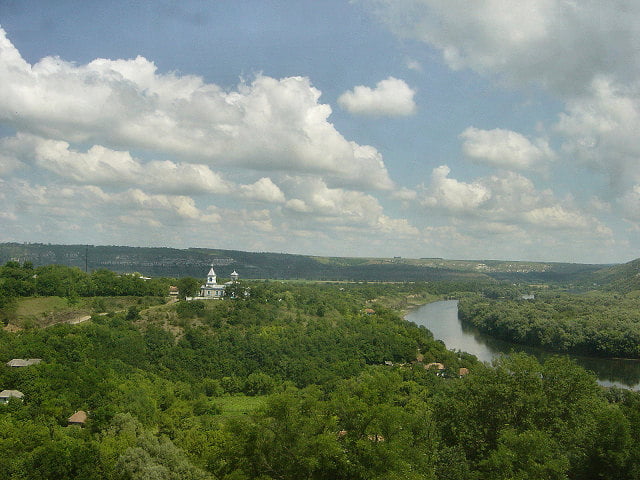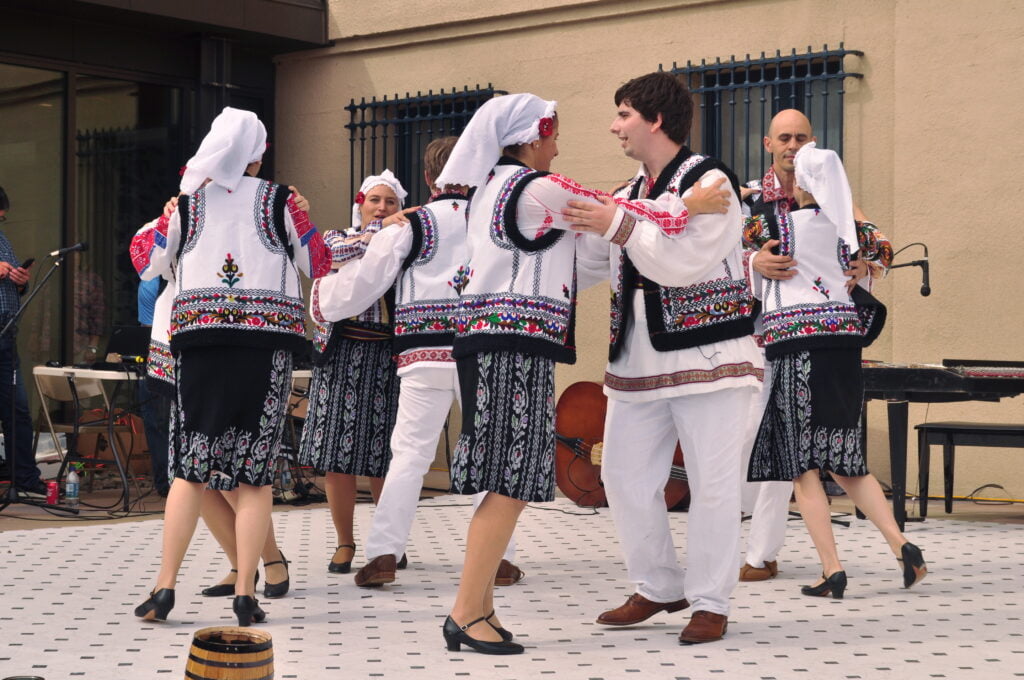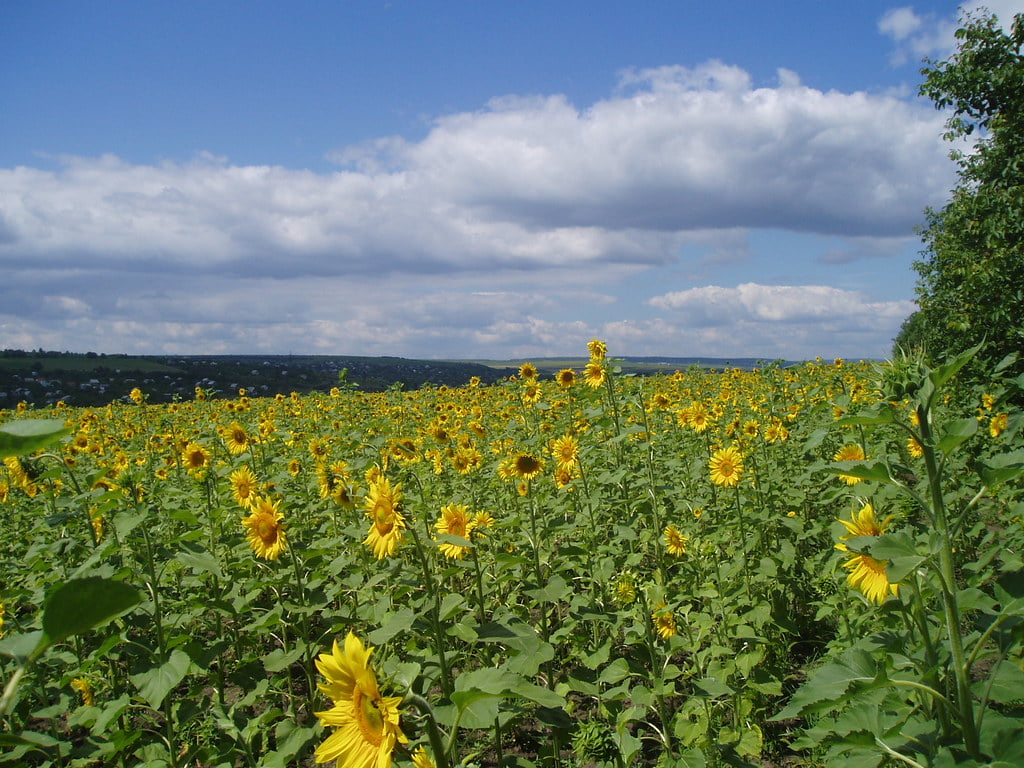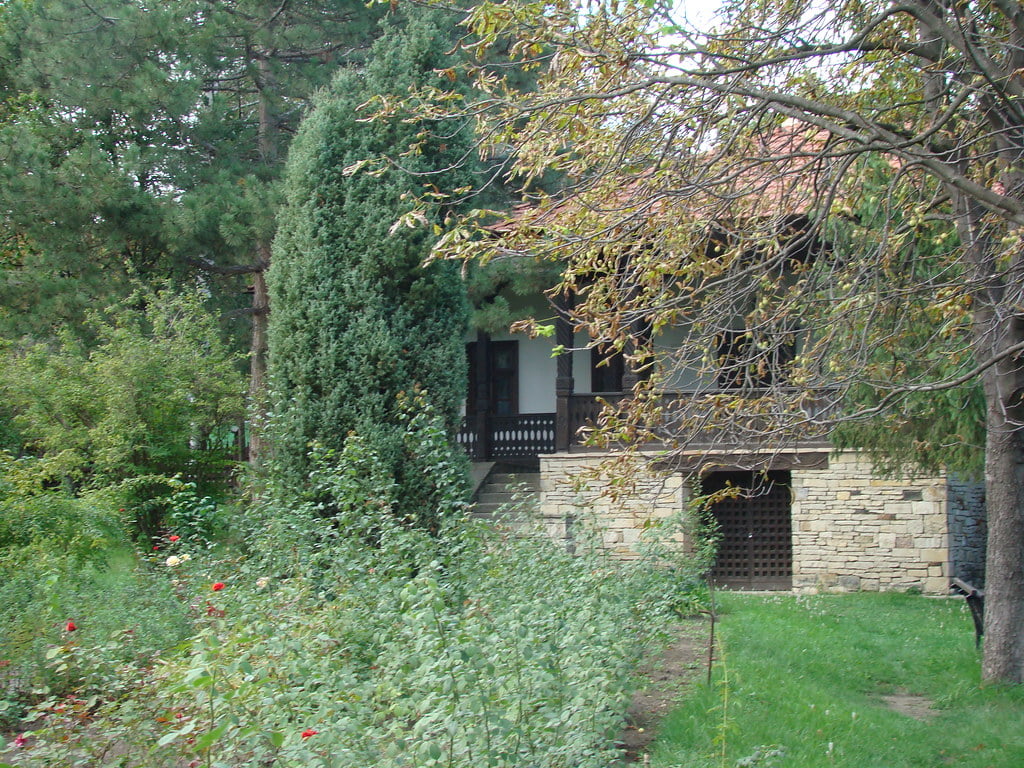26 Interesting Facts About Moldova You Probably Didn’t Know

Moldova is a small country located in Eastern Europe that often gets overlooked. Sandwiched between Romania and Ukraine, many people know little about this nation with a rich history and culture. From its ancient monasteries and wineries to its diverse wildlife, Moldova has much more to offer visitors than you might expect.
To uncover some of the country’s unique traits, here are 26 fascinating facts about Moldova you probably didn’t know:
Introduction
Moldova has a long and storied past, yet remains one of the lesser-known corners of Europe. Beyond its borders lie lush forests, fertile vineyards, and crumbling medieval fortresses waiting to be discovered.
The Moldovan countryside is dotted with orchards and rolling hills, providing a serene backdrop to its many historical sites. While the country may be small, it packs a lot of charm into its nooks and crannies.
Below we’ll explore some intriguing facts about Moldova’s geography, people, customs, economy, and more. By the end, you’ll have a deeper appreciation for this overlooked destination.
Geography Facts

1. Moldova is a landlocked country bordered by Romania and Ukraine.
Situated in Eastern Europe, Moldova covers 13,068 square miles (33,851 sq km) of land. The country shares a border with Romania to its west and Ukraine to its north, east, and south. Moldova does not have access to the sea.
2. Moldova has a varied landscape of plains, hills, and forests.
The Moldovan terrain consists mainly of rolling hills and fertile plains, drained by the river Prut and its tributaries. About 75% of the country is agricultural land, with forests covering 11% and lakes and rivers 4%. Moldova’s highest point is Dealul Bălăneşti Hill at 1,407 feet (429 meters).
3. Moldova has a small stretch of the Danube River leading to the Black Sea.
Though landlocked, Moldova obtained a 450-meter section of the Danube River’s bank in 2005. This gives it access to other Danube countries and ports on the Black Sea. However, Moldova still has no territorial waters.
Historical Facts

4. Humans have inhabited Moldova since the Paleolithic era.
Archaeologists have uncovered stone tools in Moldova dating back as far as 1.2 million years. Artifacts from the Neolithic, Bronze Age, and Iron Age have also been found, providing evidence of the country’s very early settlements.
5. Moldova’s territory has been disputed for centuries.
Due to its strategic location, various empires including the Ottomans, Russians, and Austrians fought for control of Moldovan lands from the 16th to 19th centuries. This resulted in many wars devastating the area.
6. Moldova was part of the principality of Moldavia in the Middle Ages.
From the 14th to 19th century, most of present-day Moldova belonged to the principality of Moldavia. This feudal state shared a name with the Moldova River and covered lands on both sides of the Carpathian Mountains.
7. Moldova was known as Bessarabia in the 19th century.
After the Russo-Turkish War in 1812, the eastern part of Moldavia passed to Russian control and was renamed Bessarabia. It remained a Russian province until 1917. The name Bessarabia is still sometimes used today.
8. Moldova spent decades as part of the Soviet Union.
In 1940, the USSR annexed Bessarabia. Moldova later became a Soviet Socialist Republic under Stalin’s regime. It did not declare independence until the Soviet Union dissolved in 1991.
Cultural Facts

9. The official language is Romanian.
Moldovans speak Romanian, which is written using the Latin alphabet. In the breakaway region of Transnistria, many also speak Russian and Ukrainian. Minority languages like Gagauz and Bulgarian are spoken in smaller communities.
10. The Romanian Orthodox Church is the dominant faith.
Around 93% of Moldova’s population belongs to the Moldovan Orthodox Church, which operates under the Russian Orthodox Church. Minority religious groups include Protestants, Catholics, Jews, Muslims, and Jehovah’s Witnesses.
11. Moldovan culture has Slavic and Latin roots.
As Eastern Orthodoxy and the Romanian language took hold in Moldova, its culture absorbed influences from Slavic countries as well as Western Latin ones. Traditional customs reflect this blend of European heritages.
12. Moldova has its style of folk music.
Moldovan folk features rhythmic dances, songs, and instruments like the nai (pan flute), cimpoi (bagpipe), and Toba (drum). Performers wear embroidered peasant costumes while playing lively tunes.
13. Raising sheep is an important part of Moldovan culture.
Animal husbandry, especially of sheep, plays a significant role in Moldovan history and identity. Moldovans have many traditions and superstitions around sheep-herding, showcased in legends, songs, carvings, and embroidery motifs.
Economic Facts

14. Moldova is one of Europe’s poorest countries.
Despite progress, Moldova remains the poorest nation in Europe in terms of GDP per capita. Poverty is worse in rural areas, as many lack job opportunities outside of agriculture. Financial and energy crises have worsened poverty levels in recent decades.
15. Agriculture accounts for 40% of employment.
Due to its fertile soil, agriculture represents a major sector and livelihood in Moldova. The country’s rich black soil supports the cultivation of grains, fruits, vegetables, nuts, and more. However, output has declined since Soviet times.
16. Moldova imports almost all of its fossil fuels.
With few domestic energy resources, Moldova must import nearly all of its oil, natural gas, and coal. This reliance on imports makes it vulnerable to global price swings. Renewables like hydroelectricity make up a small share of local energy production.
17. The economy relies heavily on remittances.
Remittances comprise over 15% of Moldova’s GDP, one of the highest rates globally. Most remittances come from Moldovans working abroad who send money back home to their families. These cash inflows greatly help reduce poverty.
18. Moldova is a major wine producer.
Vineyards thrive in Moldova’s climate, with wine production dating back thousands of years. Today Moldova is the 20th largest wine-producing country, growing varieties like Cabernet, Merlot, and Pinot Noir. The country has many wineries offering tours and tastings.
Lifestyle Facts

19. A traditional Moldovan home has a tall wooden gate.
In rural areas, houses are fronted by a high decorative gate or archway hand-carved from wood. Often painted blue, these gates separate the homestead from the road or field beyond. They reflect the local woodworking craft.
20. Most Moldovans live in apartments.
Under Soviet urbanization initiatives, large shares of the population moved from countryside homes to urban apartment buildings. Today over 60% of Moldovans live in apartments, many built in the Soviet era. Single-family houses remain more common in villages.
21. Moldovan cuisine features meat, dairy, and vegetables.
Traditional Moldovan food makes ample use of fresh produce, dairy like cheese and sour cream, and meat such as pork, chicken, and lamb. Popular dishes include stuffed cabbage rolls, meat pies, potato croquettes called pârjoale, and a porridge called mămăligă.
22. Family occasions call for abundant feasting.
Whether it’s birthdays, funerals, weddings, or religious holidays, these events warrant a feast in Moldovan culture. Hosts take pride in serving copious amounts of food and wine for guests, who are expected to eat and drink heartily. Toasts are common.
23. Most Moldovans belong to large extended families.
Moldovan families are typically large, with grandparents, aunts, uncles, cousins, and other relatives all living nearby or in one household. They maintain strong bonds across generations and help one another in times of need.
24. Elders are deeply respected.
Older relatives hold a position of high esteem within Moldovan families. Their wisdom, experience, and guidance, especially on traditions, are cherished. Caring for elders at home until the end of their lives is seen as a duty.
Miscellaneous Facts

25. Moldova is home to Europe’s largest population of bison.
Located in the Lower Prut Nature Reserve, Moldova’s bison herd numbers around 250 animals today. Almost extinct, European bison have rebounded thanks to conservation breeding programs in the region’s forests.
26. Moldova has very fast internet speeds.
Moldova ranks 3rd globally in terms of broadband download speeds, averaging over 150 Mbps. High-speed internet access expanded rapidly in Moldova during the 2010s as infrastructure improved. The price is also among the most affordable in Europe.
Conclusion
These were just a sampling of interesting facts about this overlooked Eastern European nation. From ancient battlegrounds to world-class wineries, Moldova provides guests with a crossroads of cultures to explore. Its natural beauty, Latin language, Slavic touches, and historic sites make for an engaging travel experience.
Next time you envision a European holiday, consider adding Moldova to your itinerary. Beyond the headlines, this country has much to offer visitors looking to wander off the beaten path.





